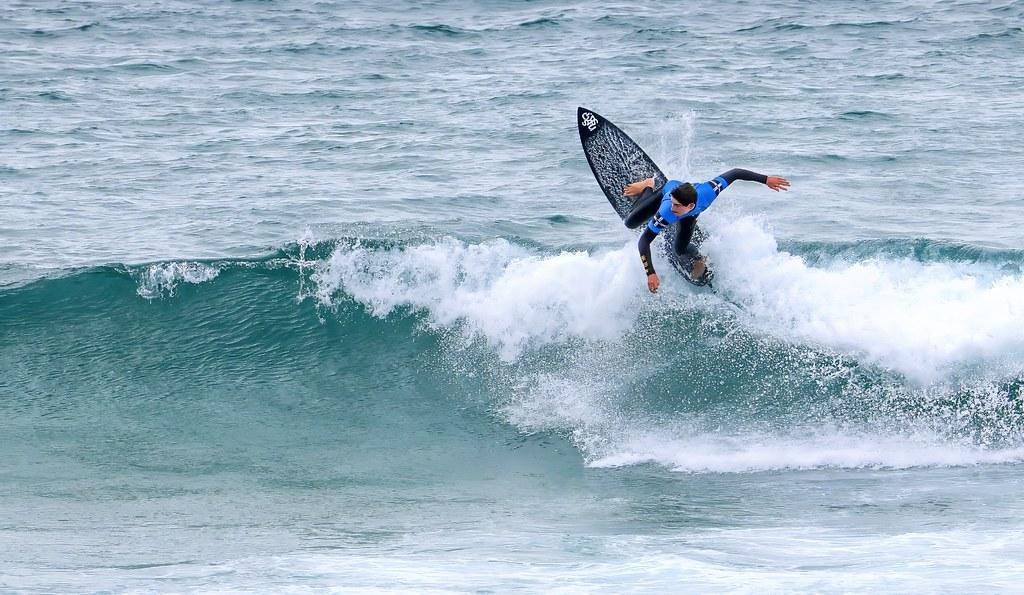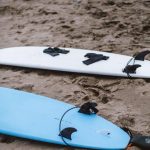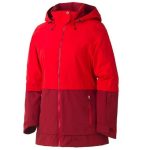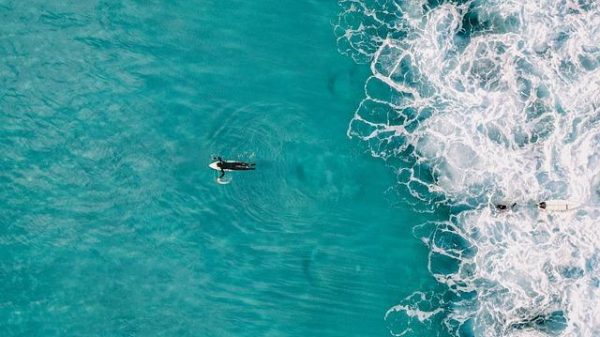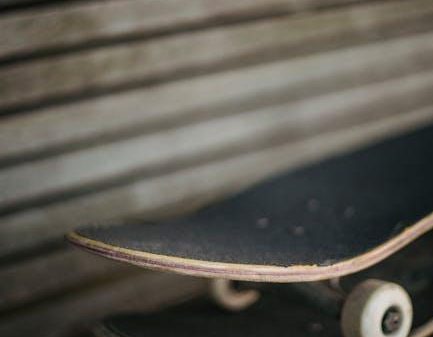In the ever-evolving world of surfing, selecting the perfect surfboard is both an art and a science, demanding a keen understanding of both personal style and environmental variables. As surfers, whether novice or seasoned, venture into the vast ocean, the surfboard becomes an extension of the self—a critical tool that influences performance, comfort, and overall experience on the waves. This comprehensive guide aims to demystify the complex process of choosing the ideal surfboard, offering an analytical approach that synthesizes expert insights, cutting-edge technology, and the nuances of individual preference. By examining key factors such as board dimensions, materials, and design features, alongside considerations of wave conditions and skill levels, this guide empowers readers to make informed decisions that enhance their surfing journey. Whether you are navigating your first wave or refining your technique, understanding the intricacies of surfboard selection is paramount to unlocking the full potential of your aquatic adventures.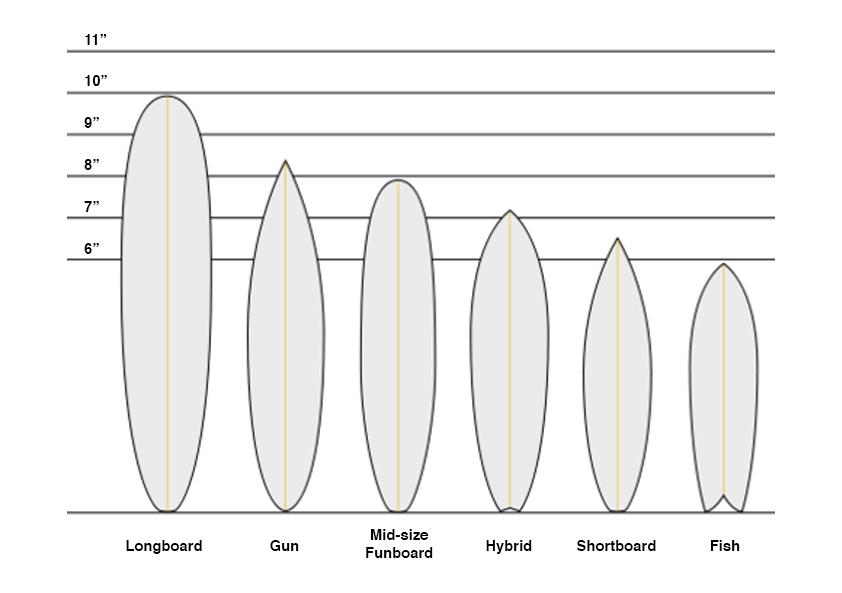
Understanding Surfboard Shapes and Designs
The shape and design of a surfboard are pivotal in determining how it performs in the water. Each component, from the nose to the tail, affects the board’s buoyancy, maneuverability, and speed. Understanding these elements will help you choose the right board for your surfing style and skill level. Key design features to consider include:
- Nose Shape: A rounded nose offers more stability and is ideal for beginners or small wave conditions, while a pointed nose is better suited for advanced surfers tackling larger waves.
- Tail Design: The tail’s shape influences how the board responds during turns. A square tail provides stability and control, whereas a swallow tail offers more agility and speed in tight turns.
- Rocker: This refers to the board’s curvature from nose to tail. A pronounced rocker enhances maneuverability in powerful waves, while a flatter rocker boosts speed in smaller waves.
- Rails: The edges of the board, known as rails, affect how the board cuts through the water. Hard rails provide a sharper response, whereas soft rails deliver a smoother ride.
Each of these features can be tailored to match the surfer’s experience level and the wave conditions they most frequently encounter. By carefully analyzing these design elements, surfers can optimize their performance and enjoyment on the water.

Key Materials and Their Impact on Performance
When selecting a surfboard, understanding the materials used in its construction is crucial for optimizing your performance in the waves. Polyurethane (PU) foam, the traditional choice, offers a classic feel and is often favored for its versatility and smooth ride. However, it is generally heavier, which might affect maneuverability for some surfers. On the other hand, Expanded Polystyrene (EPS) foam is lighter and provides better buoyancy, enhancing speed and agility, especially in smaller waves.
- Fiberglass: Known for its durability and strength, fiberglass is often layered over foam cores, providing a balance of flexibility and resilience.
- Epoxy Resin: Used with EPS foam, epoxy resin is more resistant to dings and less prone to yellowing, making it a popular choice for modern boards.
- Carbon Fiber: Although more expensive, carbon fiber adds rigidity and reduces weight, offering unparalleled performance for advanced surfers.
The choice of materials not only influences the board’s durability and weight but also affects how it responds under your feet. Consider your skill level, the types of waves you frequent, and personal preferences to make an informed decision that will elevate your surfing experience.
Choosing the Right Size: Tailoring Your Surfboard to Your Skill Level
Selecting a surfboard that aligns with your skill level is crucial for enhancing your surfing experience. For beginners, it’s advisable to opt for boards that offer more stability and buoyancy. Longboards, ranging from 8 to 12 feet, are ideal due to their forgiving nature and ease of paddling. Foam boards are also a great choice as they provide a softer surface, reducing the risk of injury. As you gain confidence and improve your skills, transitioning to a funboard or a hybrid can provide a balance between maneuverability and stability, allowing you to experiment with more advanced techniques.
For intermediate to advanced surfers, a more tailored approach is required. Shortboards, typically between 5 to 7 feet, are designed for high-performance surfing, offering enhanced speed and agility. Fish boards are an excellent option for those looking to excel in smaller waves, as they provide a unique blend of speed and control. Consider your local wave conditions and personal surfing goals when making a choice. Each board type serves a specific purpose, and aligning it with your current ability will not only improve your performance but also maximize your enjoyment in the water.
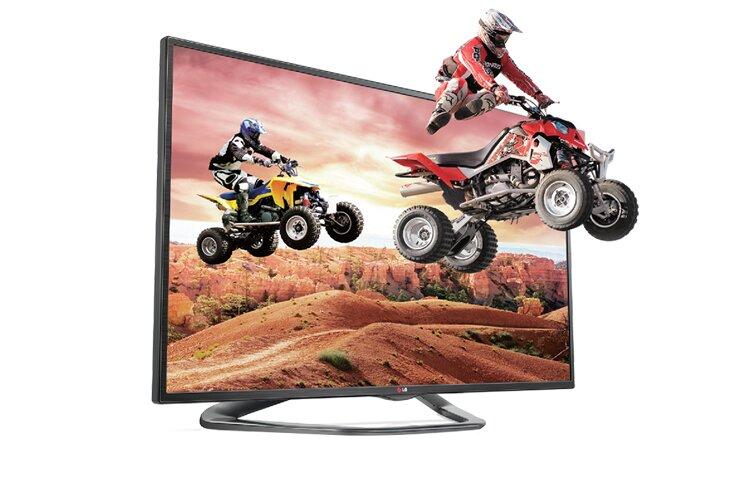
Advanced Features and Accessories for Optimal Surfing Experience
To truly elevate your surfing game, it’s crucial to consider the advanced features and accessories that can significantly enhance your performance on the waves. Modern surfboards offer a variety of high-tech innovations designed to improve speed, maneuverability, and stability. Look for boards with carbon fiber rails, which provide additional strength and flexibility, or opt for a concave bottom design to increase lift and reduce drag. The fin setup is another critical feature; while thruster fins offer a balanced ride, quad fins are ideal for those seeking extra speed and drive.
In addition to board features, equipping yourself with the right accessories can make a substantial difference. Consider the following essentials:
- Leashes: Ensure your leash is the correct length for your board and wave conditions to prevent drag and maintain control.
- Traction Pads: Enhance your grip and comfort with a quality pad that suits your stance and style.
- Board Bags: Protect your investment with a durable bag that offers ample padding and UV protection.
- Wax: Select a wax appropriate for the water temperature to maximize traction and control.
Each of these elements plays a pivotal role in crafting a superior surfing experience, allowing you to push your limits with confidence and style.
